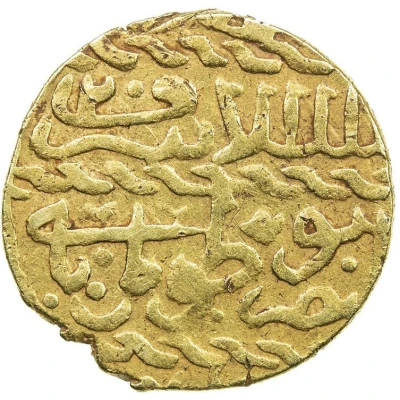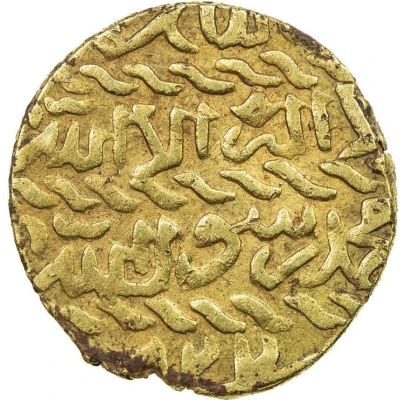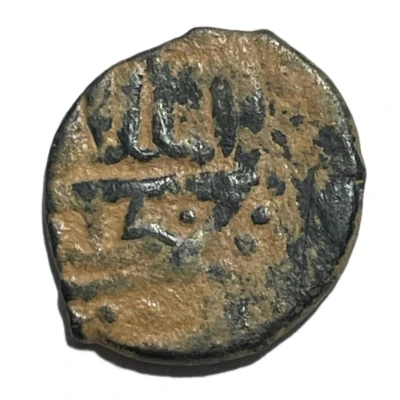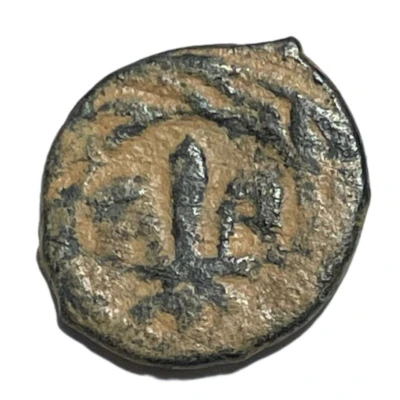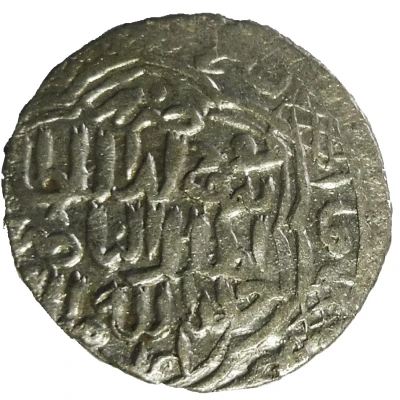
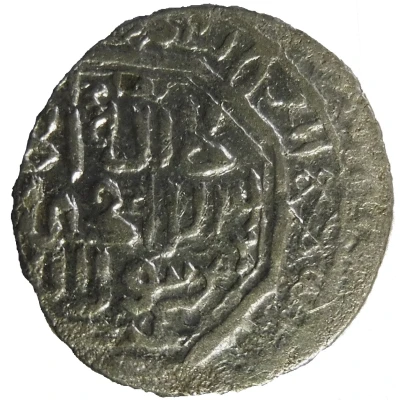

© Cycnos (CC BY-NC)
2 Dirham - al-Nâsir Hasan Amida ND
| Silver | 1.25 g | 17 mm |
| Issuer | Mamluk Sultanate |
|---|---|
| Sultan | Hasan (1347-1351, 1354-1361) |
| Type | Standard circulation coin |
| Years | 1354-1369 |
| Value | 2 Dirhams (1.4) |
| Currency | Dinar (1250-1517) |
| Composition | Silver |
| Weight | 1.25 g |
| Diameter | 17 mm |
| Shape | Round (irregular) |
| Technique | Hammered |
| Demonetized | Yes |
| Updated | 2024-10-05 |
| Numista | N#150421 |
|---|---|
| Rarity index | 94% |
Reverse
Kalima inscribed on three lines inside a hexagon; internally, at each cardinal point, an inscription.
Externally, an inscription separated into eight segments by an ornament; the whole inscribed in a circle and followed by a grenetis.
Script: Arabic
Comment
First reign (1347-1351)Second reign (1354-1361)
According to Stephen Album, this currency would have been minted in the name of the Mamluk Sultan Al-Nasir Al-Hasan on the model of artukide akce circulating in the region.
This type is characterized in particular by a coarse calligraphy.
Note that the name of the workshop rarely appears on this currency and that these currencies are antedated (struck ten years later).
Interesting fact
The Mamluk Sultanate, which issued this coin, was a powerful state that ruled over much of the Middle East and North Africa during the 13th to 16th centuries. The Sultanate was known for its military prowess and its architectural achievements, including the construction of many impressive mosques, madrasas, and other buildings throughout its territories. This particular coin, the 2 Dirham - al-Nâsir Hasan (Amida) ND (1354-1369), was issued during the reign of al-Nâsir Hasan, who was the Sultan of the Mamluk Sultanate from 1354 to 1369. The coin is made of silver and weighs 1.25 grams, which was a significant amount for a coin at that time. Overall, this coin is a fascinating piece of history that provides a glimpse into the economic and cultural achievements of the Mamluk Sultanate during its heyday.
